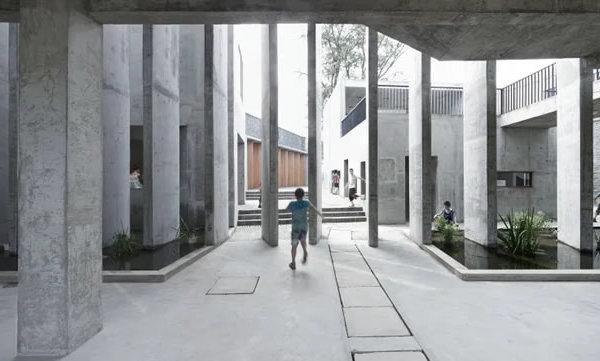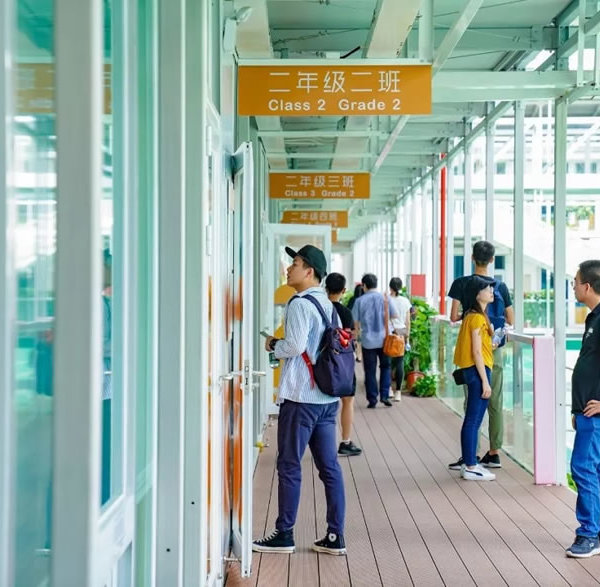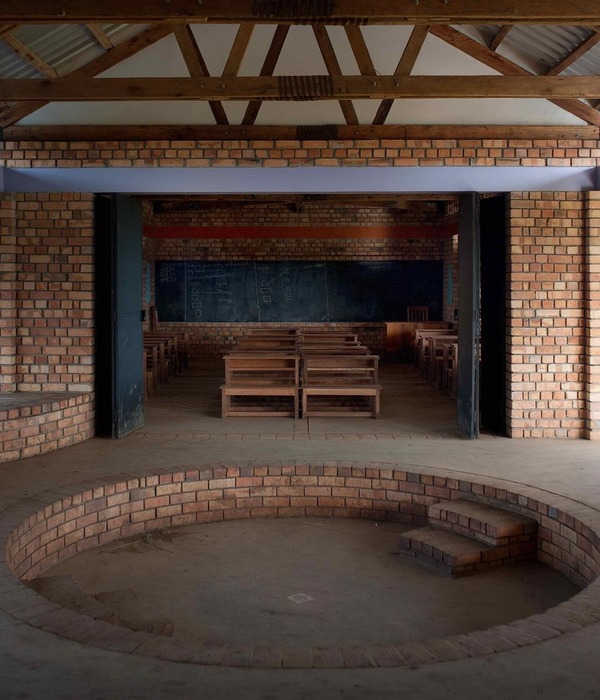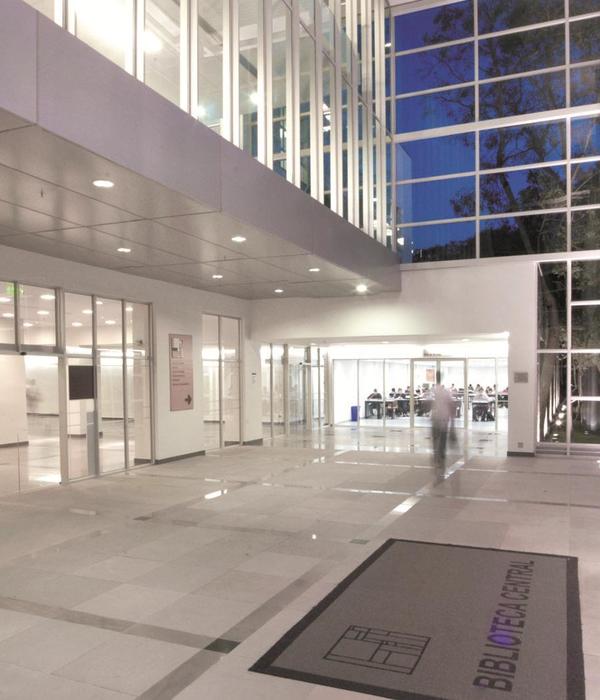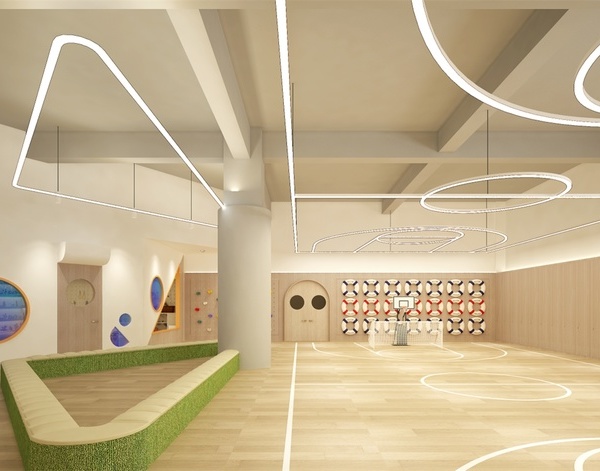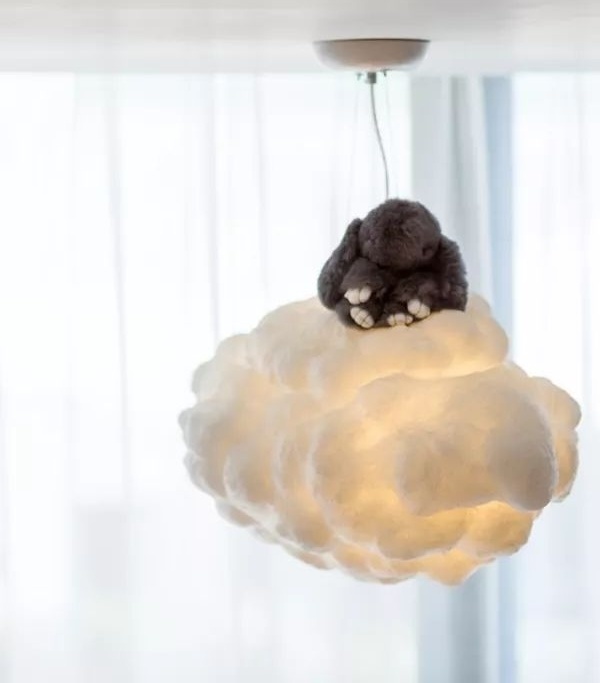karres+brands: The metropolitan region of Copenhagen is very popular as a place to live and work and fast growing. Diverse urban renewal projects and a direct connection to Sweden via the Øresund Bridge ensure that the region will grow strongly, both demographically and economically. As a result, there is a constant demand for new and high-quality residential areas a short distance from the city of Copenhagen. The city has itself realised several plans for new construction in recent years. The surrounding municipalities, meanwhile, also make up a part of the changes, including the search for new residential area, which has the possibility to offer other housing qualities than the dense city of Copenhagen.
Hedehusene is conveniently located between the capital, Copenhagen, and another university city, Roskilde, with good access via several highways and a speedy train connection. The assignment asked for the realisation of a vigorous housing programme as part of the existing city on an area of 63 hectares. For the project, a multidisciplinary team was assembled, composed of experts in the fields of architecture, urbanism, landscape, engineering, social aspects, economic planning, and development strategies.
© karres+brands
© karres+brands
© karres+brands
© karres+brands
© karres+brands
© karres+brands
© karres+brands
© karres+brands
© karres+brands
© karres+brands
© karres+brands
© karres+brands
© karres+brands
© karres+brands
© karres+brands
The team developed a strategic plan aimed at achieving a unique quality of living as complement to the already existing suburbs around Copenhagen. An area where urban qualities meets the sub-urban life in a both low-dense AND green cluster structure, with four different neighbourhoods reflecting the varied local landscape characteristics and neighbouring build structures. The masterplans cluster structure gives a robust structure with a varied urban fabric, that can absorb the needs of small and large scale developers, private initiatives, building groups as well as different programmes etc.. Within a fixed main structure, the prospective developers and residents will be offered a great amount of autonomy through a wide variety of building block sizes and typologies. In this, the space to experiment with new forms of housing and innovative building materials is provided.
Most of the parking is handled in local small scale parking houses, that’s integrated in many of the clusters. This strategy makes it possible to establish a much larger percentage of gardens and shared facilities on ground level than in conventional sub-urban areas.
The structure of the masterplan also gives the social life have many different platforms to evolve from. From the small scale interaction with neighbours in the local “stay and play” streets, in the common areas and shared facilities in the car-free clusters, to the community houses in the four different neighbourhoods. And in the large scale, the green Loop unites the entire Nærheden with the existing city by a ‘ring’ of public spaces, wherein a place of exchange with new and existing schools, institutions and shops will be found. Nærhedens sustainable water system shapes the Loop and makes use of natural shifts in elevation. Together with a dense network of bicycle and walking paths, the Loop contributes to a social and scenic impulse for the city as a whole.
data
Masterplanning: Arkitema Architects and karres+brands Location: Hedehusene, Copenhagen metropolitan region, Denmark Assignment: Design urban plan, development strategy Area: 63 hectare Design: 2014 – 2015 Construction: 2016 – 2035 Status: Awarded competition; In progress Client: Naerheden, RealDania, City of Hedehusene Collaboration competition phase Arkitema, Everyday Studio, Orbicon, VIA trafik, Social Action, Blue Bakery, Open Air Neighbourhood, Smith Innovation and more Collaboration realisation phase: Arkitema, Everyday Studio, Orbicon, VIA trafik, Esbensen
{{item.text_origin}}


